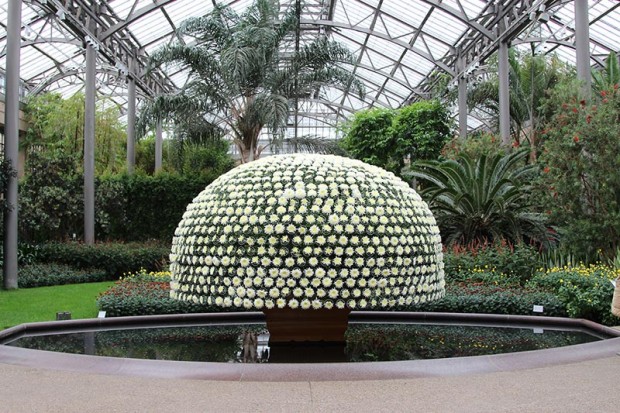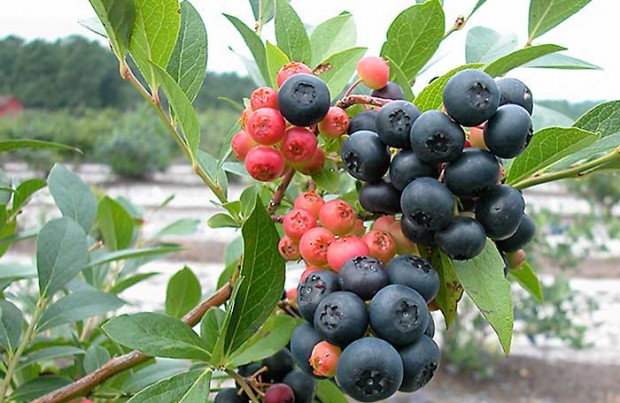MSU Extension:
Pollinators are looking for nectar and pollen when foraging in your garden. This is their food, the carbohydrates and protein they need to thrive and produce offspring. Native bees will widely feed on many different types of flowering plants in your landscape and garden.
Think about “serving” up a menu of blooms in early spring through fall. Choose a wide range of flowering plants including annuals, herbaceous perennials and native plants, bulbs, trees and shrubs that are known to support pollinator health. Early blooming plants such as spring bulbs or Pachysandra, or very late bloomers such as Sedum or Anemone are often the most needed food sources for pollinators since there are fewer floral resources available during those times.





